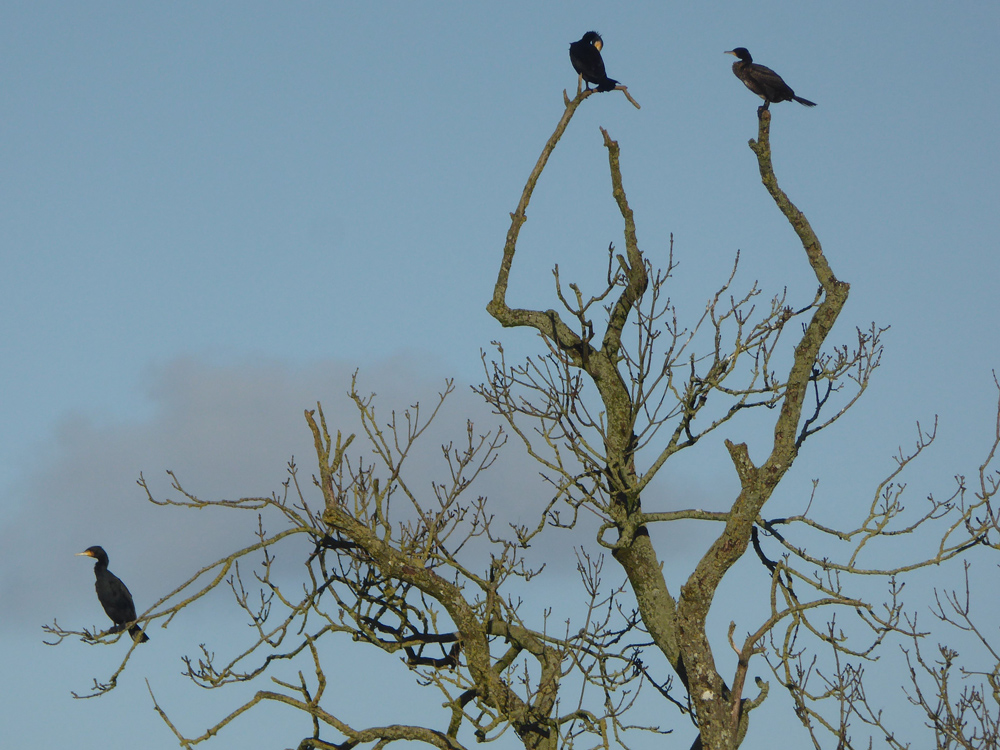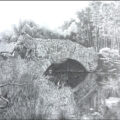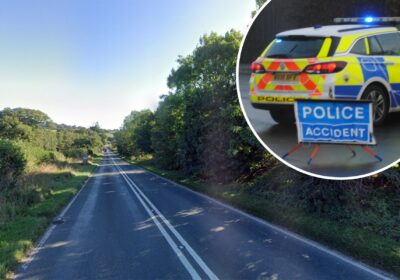After days of grey, the winter blue sky and icy air call me outside for a day’s walking. My resolution to reduce my carbon footprint means that I am staying relatively close to home, walking along field margins and along the banks of the Stour. With my binoculars and camera slung over my shoulder, I couldn’t be happier.
A large flock of songbirds, including corn buntings, greenfinch, chaffinch, linnets and yellow hammers, fly along the sunlit hedgerows, tantalizingly keeping me at a distance; their winter plumage iridescent in the bright light.
Nearing the river, silvery flickers in the sky alert me to a deceit of lapwings flashing dark and white against the blue as they swirl and curl to defeat the sparrowhawk that has raised them from their feeding ground. It is so pleasing to see lapwing here, as they have become a rare sight. Strolling on, I contemplate their sad decline.
Down by the waterside, there are three cormorants, regally perched on top of a brook alder with their wings outstretched like pterodactyls. I love these iconic water birds. They sit with their wings open like this in order to dry out their feathers, which are not as water repellent as most birds, thus allowing them to dive deeper for longer. At first glance, they are not the prettiest of creatures, but close up, they are exquisite, with emerald-green eyes, a white throat, and a yellow bill.
Coincidentally, cormorants have one of the longest fossil records of all birds and have existed for 100 million years. They are closely related to gannets, pelicans and frigate birds.
But for me, our cormorants represent both land and sea, and perhaps that is why they are the famous Liverpool Liver birds one looking out to the ocean and the other facing inland. Once only a coastal species, the development of fish stocked lakes and reservoirs, canals and inland waterways, coupled with a depletion of coastal fish stocks, have drawn them into our countryside.
For thousands of years, fisherman in China, Japan and Europe, used cormorants to catch fish for them, then these same birds were wrongly persecuted in Britain to preserve fish stocks. Fortunately, they are now protected, as we are an important staging post for Europe’s’ wintering stock.
Heading for home as the sun sets, I feel so uplifted having seen so many beautiful birds on this local winter walk.
Dr Susie Curtin
curtin.susanna@gmail.com











Leave a Reply